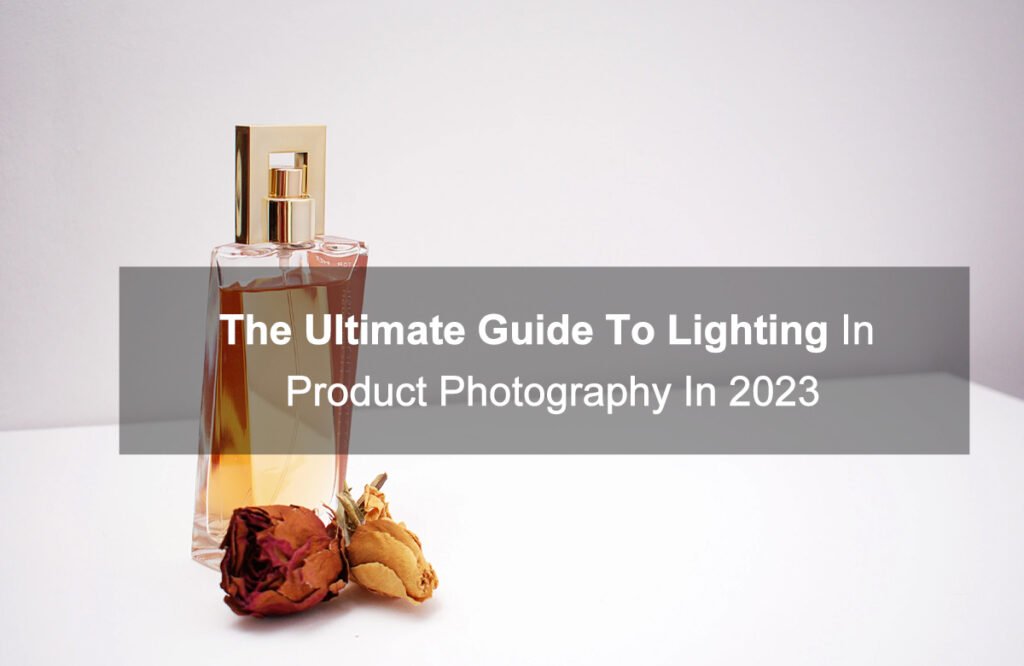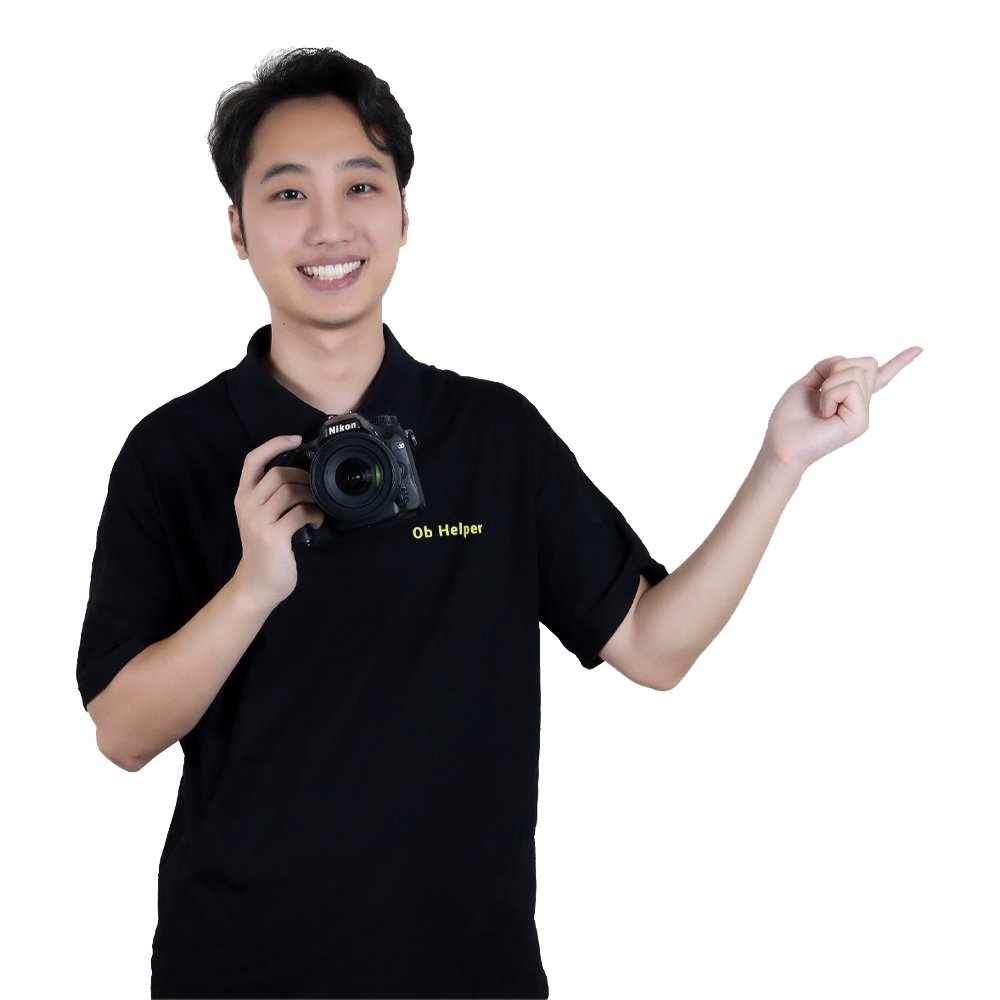Using good lighting for product photography is essential for higher conversation rates, attracting more customers, and maintaining your online store’s popularity. You can use natural light, LED lights, ring lights, strobe lighting, continuous light, and much more for product photography.
Of course, not every light may be suitable for your photography setup. This is why it is necessary to know the different requirements for the best shots. So here is an ultimate guide to product photography lighting.
The Lighting Equipment You Need For Product Photography
It is necessary to know all the details of the lighting equipment required for product photography. A light source must be present in your photo studio. This may be natural lighting through windows or artificial sources.
For professional product photography, you must also use a reflector to increase the amount of light. A diffuser is also necessary for achieving diffuse light in specific conditions.
Remember, you may have to get more than one light source, reflector, and diffuser for the best results. The exact number of tools depends on your lighting setup.
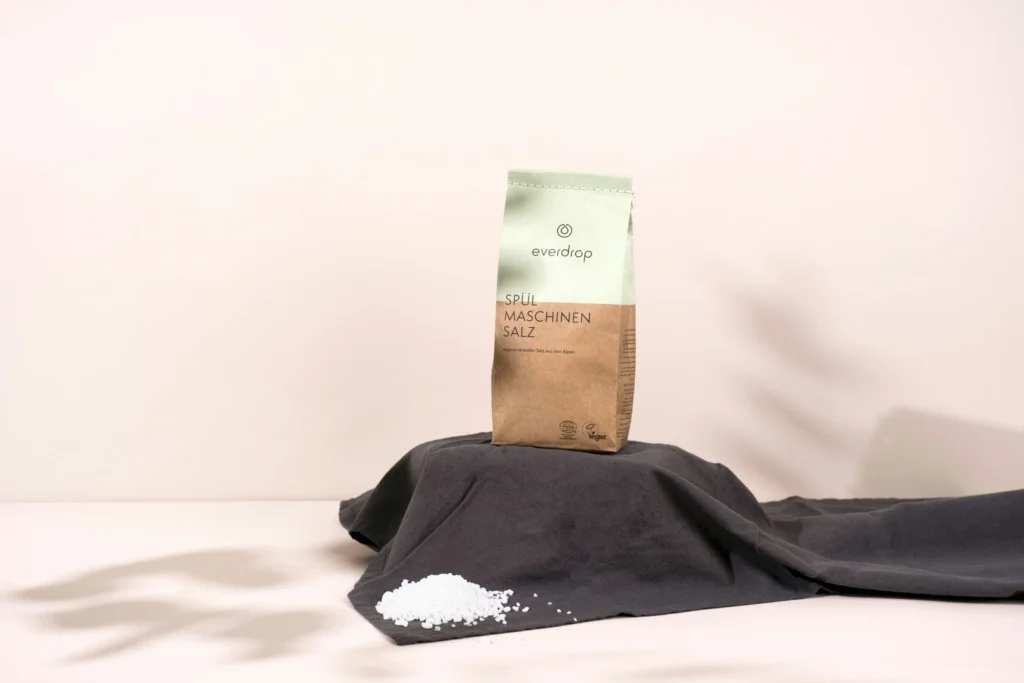
Types Of Light Sources In Product Photography
Here are the types of light sources you can use for product photos:
1. Natural Lighting In Product Photography
Natural sunlight is one of the top options for many portrait studio photographers. This is because you work with shadows and give a more natural appearance to your product photos. The best part is that you can be more creative by taking advantage of specific days for excellent shots.
Conducting a photo shoot in this lighting source during the golden hour is also beneficial. This is because you will be able to capture mesmerizing shots without making much effort.
2. Artificial Lighting In Product Photography
Of course, natural light is not suitable for all shoots. You may also want a specific background for the product photos. In such a case, artificial light is better than natural light. The best part is that you can choose from various options for high versatility and image quality.
So here are the top studio light options for capturing high-quality photos:
· Continuous Lighting
Continuous lighting means that the light will remain on throughout the shoot. This means you can adjust the lighting to increase or decrease the number of shadows. Of course, how many lights you will need will depend on your product photography lighting setup.
A tungsten bulb may be used for continuous lighting because of its high power. However, LED lights are a better option because of the adjustable brightness feature in some models. So you can easily use continuous lighting for high-quality product shots.
· Studio Lights
Studio lights are another great artificial source for product photography setups. The best part about studio lighting is that it is bright, so you can easily get enough light even with one light setup. You can also use a softbox to improve image quality and avoid high shadows.
The best studio lights are readily available on the market because of high demand. You can buy a studio lighting kit from Amazon or eBay. This option is also more cost-effective if you’re working on a tight budget.
· Strobe Lighting
Besides studio lighting and continuous light, you can also opt for strobe light. The only difference between the other options and this light is that strobe lighting works in flashes. So the light will only turn on when you click the shutter button to capture the product shots.
Once the shot is captured, the light will turn off. Many people use strobe lighting for a darker background or to create shadows easily. This product lighting option is also more energy efficient.
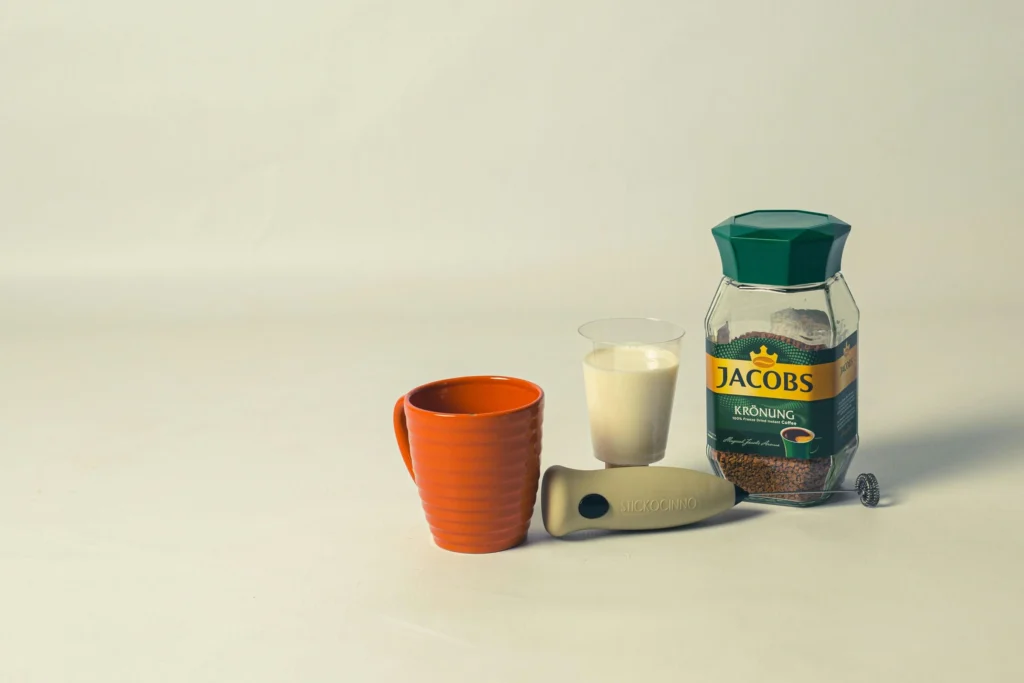
What Is A Product Photography Reflector?
As the name suggests, a product photography reflector is used to reflect light from your light source. This light will bounce back on the product for a brighter appearance. The best part about a reflector is that it can help you change various things.
You can adjust the amount of light that is available for your DSLR camera. The direction of light can also be changed by keeping the reflector in a specific position away from the light source. It will also help you change the color that will hit your product.
Types Of Reflectors For Product Photography
Here are the primary things that can serve as reflectors for product photography under different lighting:
1. White Foam Board
A white foam board is a top option for a product photography reflector. This is because such boards do not cost much, so you save more money and use it for spending on other resources for product shots. The best part is that you can reuse the foam boards for multiple images.
The top way to use white foam boards for product photography is by setting them up using tape. So you the items will stand on their own and allow you to have a more hands-free experience.
2. Photography Reflectors
You can also use specific photography reflectors that are designed to reflect direct light or indirect light. These items can come with surfaces of different colors, such as white, silver, gold, and black. The best part is that professional photography reflectors can also serve as diffusers.
Remember you will need some space to keep the reflector for adjusting the light. You may also have to get a stand for the item to keep it in a specific position during the shoot.
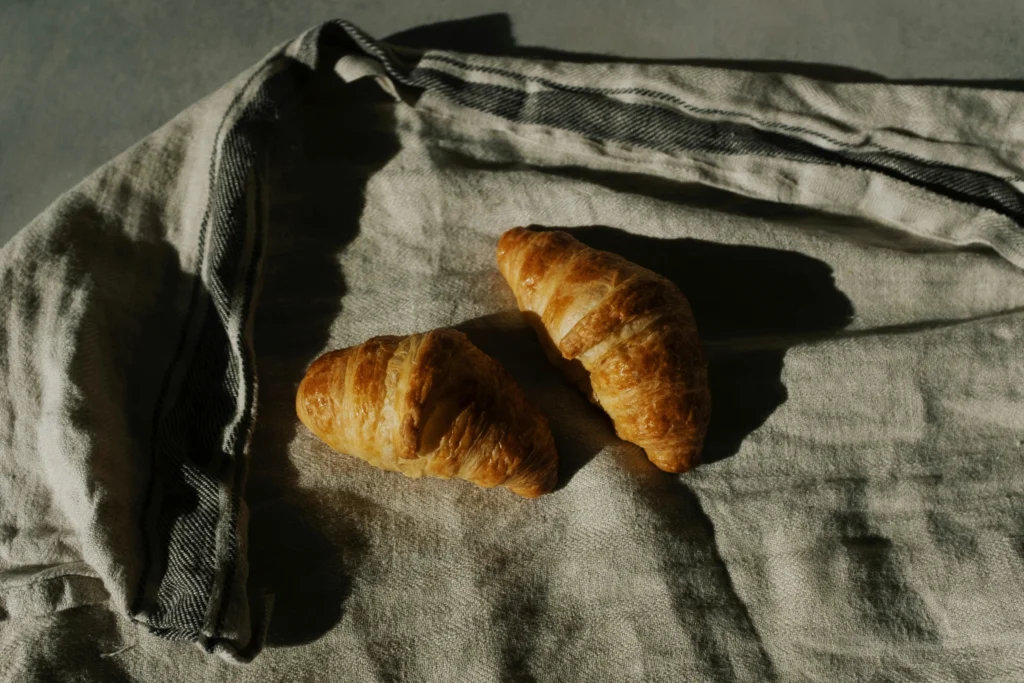
What Is A Product Photography Diffuser?
A diffuser is a transparent panel that you can keep between your light source and product. Its main purpose is to scatter the light to get rid of shadows. You can also eliminate pesky reflections by using a diffuser in a specific position.
However, a diffuser is not always necessary for product lighting. Your studio may already have diffuse lighting. This means you will not have to adjust the appearance to enjoy a soft light.
Types Of Diffusers For Product Photography
Many things can serve as a diffuser if it has white color. Here are the top types of diffusers that you must know about:
1. Scrim
A scrim diffuser is one of the cheapest light modifiers because it does not require any money. You can place a thin white sheet on your windows if you’re working with natural lighting. This free diffuser will help you achieve soft shadows or eliminate them completely.
The sheet may be set in a frame or loose edge. Whatever the case, you will have to mount it on your window light for the best experience. The top thing is that experimenting with scrims is easier because of their affordability.
2. Softbox
A softbox is another excellent diffuser that will help you spread and eliminates shadows completely. This option is good for product photography shoots that don’t require distractions in the final image. The best part is that these boxes are not closed, so you will have more control over the light.
It is always best to choose a large softbox for a better experience. You can also use this diffuser with continuous lights and maintain color temperature or tone easily. A softbox can also be used with front lighting or overhead arrangements.
3. Umbrella
An umbrella can also be used to fill light in the background and avoid shadows. The best part about this diffuser is that it creates a similar appearance to natural light. They are mainly suitable for taking pictures of large products such as furniture.
You can keep the umbrella at different angles for an efficient product shoot. This diffuse light modifier is also easy to transport because of its convenience. It can also work with different light source options to offer you more flexibility.
Are Ring Lights Useful For Product Photography?
Many people use ring lights for various purposes, so you may be wondering whether this light is suitable for product photography. Remember that ring lights are mainly used for capturing small items. They are also popular for making YouTube review videos.
You can use ring lights for small products, but the best light for product photography includes continuous lights and natural light. A softbox is also a better diffuser than ring lights for product photography.
Examples Of An Artificial Lighting Setup For Product Photography
You can use different lighting techniques with continuous lights, studio lights, and LED.
1. Overhead Light
Using one or two lights with continuous flashes is the ideal lighting arrangement for many product photography shoots. However, you can also use overhead lighting for small items. Typically, you can use a ring light for this purpose.
Overhead lights are mainly used against darker backgrounds instead of white backgrounds. So it is an excellent setup if you want to offer an edgy appearance to your image. Many whiskey brands use overhead lighting setups to create an attention-grabbing product photo.
2. One Light Setup
The one-light setup is also called front lighting setup by many photographers. For the best results, your background must be separated from the picture a bit. This will allow you to avoid hard light and prevent the backdrop from appearing cluttered.
You can also use different camera settings when working with this setup for more flexibility. For instance, you can adjust the shutter speed and exposure to dim the image. Remember that this lighting setup does not work with reflective products.
Of course, if you still want to take pictures of reflective products using this setup, you can remove the reflection during post-processing. However, this can be time-consuming and tiring.
3. Two Studio Lights For Even Setup
Many product photos are prone to reflections in the middle of the product. The best part is that this issue is easily avoidable by setting up your studio with two lights. You can keep them at a front angle to minimize reflections in the product’s center.
You can also enjoy more coverage by using this setup for your product photo shoot. Remember that you will have to experiment with some angles to find the best positions for the shots. Continuous lights are the best source when working in a setup of two lights.
4. Full Coverage Light Setup
The full coverage setup involves using three lights to get all the product details in the picture. This option is best for non-reflective items that require light from all sides for the best shots. You can set the lights by keeping them at a front angle from each side.
Remember to be careful when using full coverage because it can offer a flat look to specific products. You can keep one light on each side of the product to light up different angles. However, you can also keep all three lights on the same side.
The position of lights will mainly depend on your product. So be sure to experiment with different placements before beginning the shoot.
5. The Triangle Setup
Another setup that involves using three lights is the triangle setup. The primary difference between this option and the full coverage setup is that the triangle setup requires you to keep the lights at a specific angle.
Typically, you should form a triangle by keeping the lights tilted toward the product. This means that a front angle must be avoided for the best results. You can use this light with continuous lights, LED bulbs, natural light, and much more.
6. Background Separation Setup
The final setup encourages you to separate the background from your product easily. An excellent feature of this setup is that the backlights will face the wall. In typical setups, the backlights usually face the product.
However, this arrangement will allow you to enjoy a better lighting cast than other options. Of course, you must find the right position for keeping the lights at a specific angle.

Examples Of Natural Product Photography Lighting Setup
Natural product photography lighting setup is also best for many products. This is because you can enjoy different shadows, color tones, and much more. The best part is you can save more money on utility bills by using natural sunlight instead of artificial options.
1. Placement By The Window
One way to set a natural shoot is by placing your product near a large window. This will allow light to enter the studio easily without directly affecting the product. After all, some items cannot be exposed to direct light.
The best way to find the right placement is by checking different spots during specific hours one day before the final shoot. You can understand the lighting for creating the best semi-outdoor setup for your product photos.
2. Outdoor Shoot
Another thing you can do is conduct a full outdoor shoot by setting your product on the balcony. You may require umbrellas or other diffusers for this setup. You can also use a rooftop for performing outdoor product photos.
Remember, you will have to set a white background for this purpose. Typically, you can use a white sheet behind the item for the best results. Of course, you can also edit the background later using Adobe Photoshop or another editing tool.
Tips For Using Natural Light For Product Photography Lighting Setup
Taking pictures under natural light can be complex for some people because of glares, hard light, and different white balances. So here are some tips that will make the process easier:
1. Avoid Direct Sunlight
You must avoid direct sunlight when taking product photos under natural light. This is because the light can easily reflect off your item and create a glare in the camera. It will also cast significant shadows on the product and affect the focus.
Of course, getting dark shadows may be the purpose of your photo shoot. In such a case, you use direct light to your benefit. The final decision mainly depends on your needs.
The best way to avoid direct sunlight when placing a product by the window is to place a sheet on the window. This will prevent direct exposure.
2. Make Use Of Cloudy Days
Making use of cloudy days will also be helpful for taking good product photos. You can use soft light to avoid shadows and glares. It will also minimize different reflections for a better experience.
You can get this factor right by taking a picture every hour of the day before the photo shoot. This will allow you to understand the best time for the pictures without much effort.
3. Do Not Mix Lighting
The final tip that will help you when taking pictures under natural light is to avoid mixing different light types. This means you must not use artificial light while taking pictures through sunlight. The mixed light effect can reduce your picture quality and affect the user experience.
Final Thoughts
This is everything you need to know about lighting when taking product photos. It is necessary to understand your product and the different setups before choosing a specific one.
Continuous lights are also better than other sources for product photography. This is because of high flexibility and fewer shadows. So be sure to consider your needs and the lighting effect before selecting a source.
